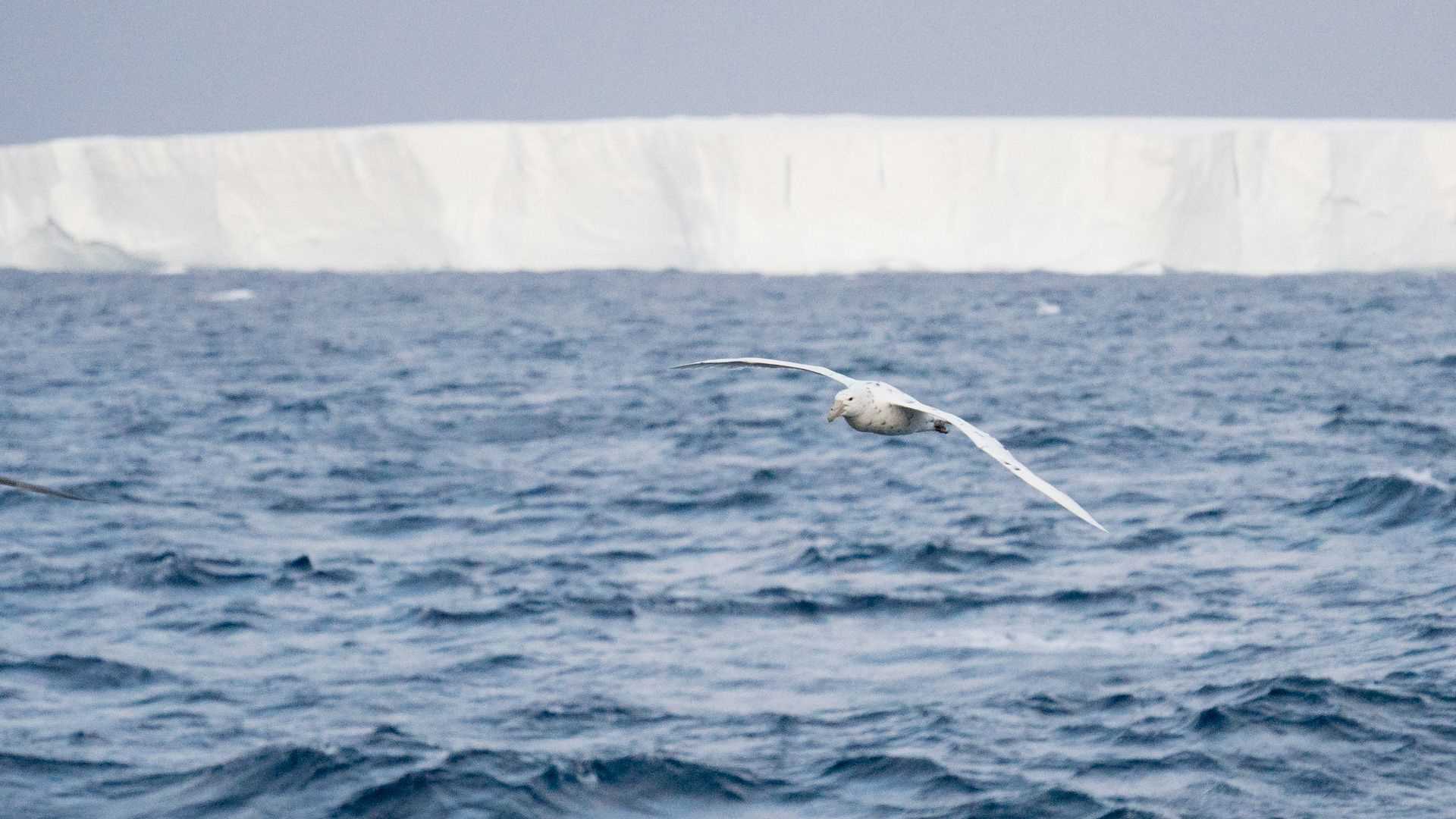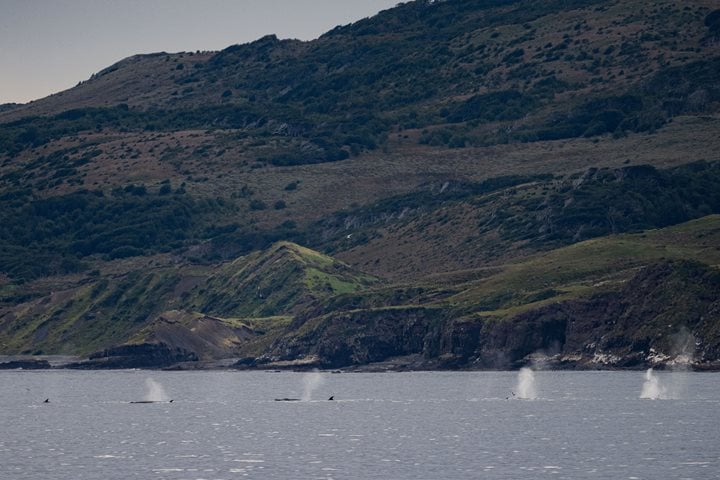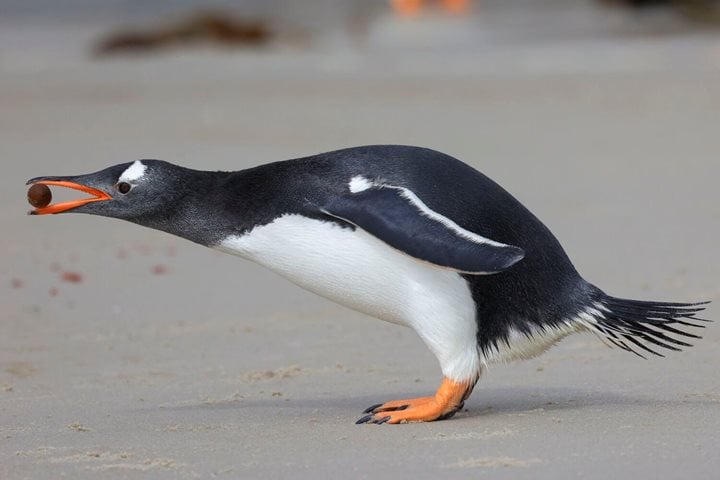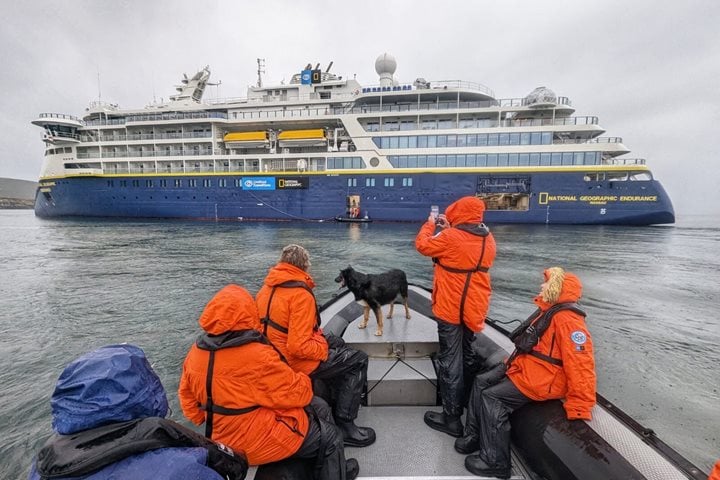Our journey in South Georgia has just ended. We have spent four intense days there, during which we could experience the best that this sub Antarctic island has to offer. As usual, we‘ve seen and felt how quickly the weather can change and how flexible we had to be. We’ve seen the 4 species of albatrosses, many, many king penguins, and also some chinstraps, gentoos and Macaronis. We understood how bull fur seals defend their harem by chasing us away from the beach.
Now, a new destination with its new challenges waits for us; destination south, south again. We are crossing the Scotia Sea today. It was formed around 40 million years ago, when both the South American and Antarctic continental plates were connected together. The tectonic force pushed them eastwards, opening a new sea, and a ridge along them. Along the Scotia Sea we found not only South Georgia, but also the South Sandwich Islands and South Orkney Island.
A storm is forming in the Drake Passage, where, at the moment I write these words, 30 foot waves are roaring south of Cape Horn. Therefore we will not head straight to Elephant Island as we initially wanted, but we deviated our course further west to be more protected and offer a gentler crossing. We have only 10 foot waves around us now, what a smooth sea! Our next destination will be a surprise on our way South: the Coronation Island (part of the South Orkney) that we plan to visit tomorrow.
A sea day is always an opportunity to recharge the batteries and learn about our next destination. Attending Lectures about history, photography and wildlife between two power naps is a good way to spend time aboard.
The South Orkney Islands (latitude 60˚ 30’), first discovered by the British sealer George Powell, have been incorporated into the British overseas territory of the Falkland Islands Dependencies (FID). When the Antarctic treaty came into force in the early 60s, they had been kicked out from the Falkland Dependencies. This is now officially a no man’s land (as well as Antarctica and everything which is further south than 60 degrees), even if the UK and Argentina still maintain a territorial claim on it.







